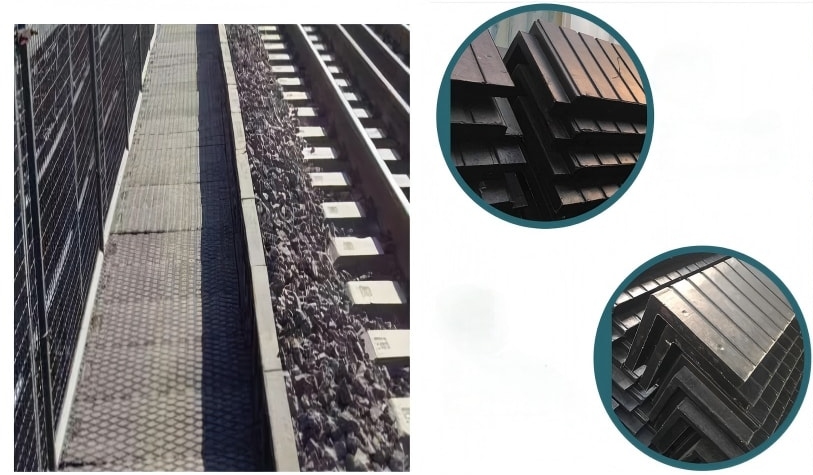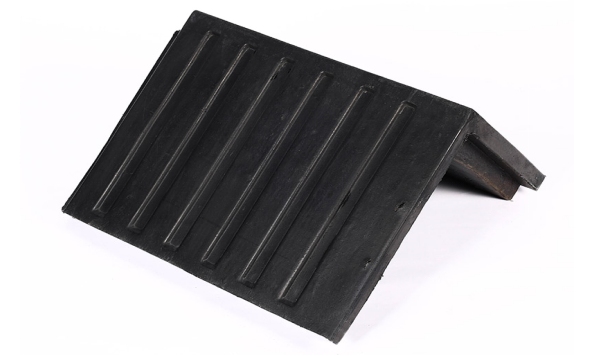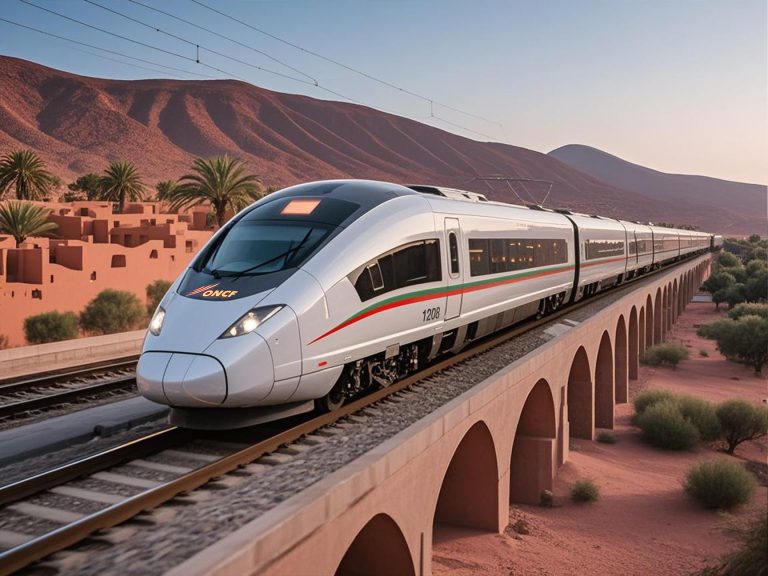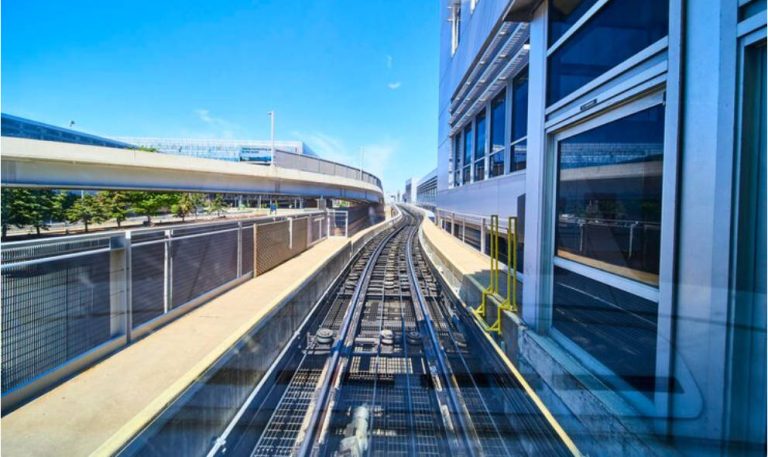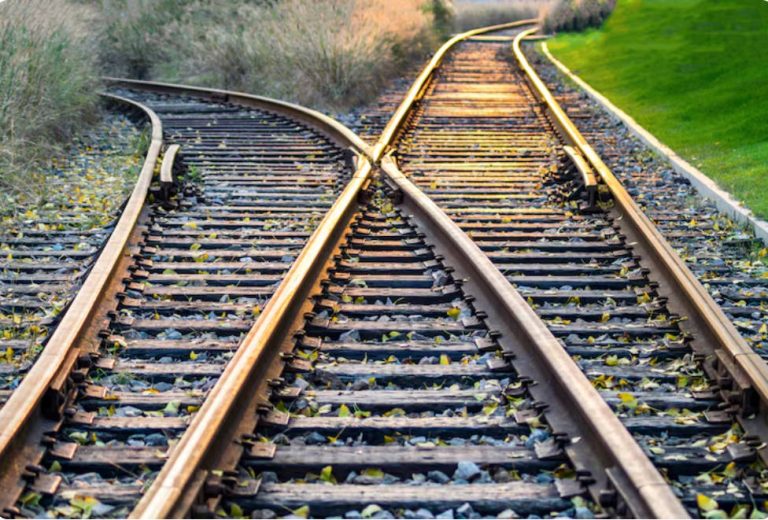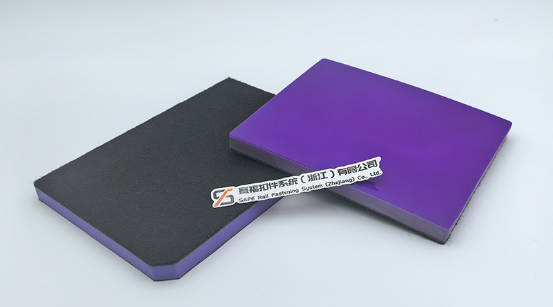Ballast baffles are indispensable rail equipment components tasked with maintaining track stability and averting ballast migration. Placed strategically within the track bed, ballast baffles ensure ballast layer integrity—a critical platform on which sleepers and rails rest. Through the inhibition of lateral ballast particle movement, ballast baffles ensure smoother, quicker, and safer journeys along railways.
Major Characteristics and Functions of Ballast Baffles
Materials Utilized for Manufacturing of Ballast Baffles
Ballast baffles normally consist of sturdy steel or robust polymers, which resist heavy loads and severe environmental conditions. The utilized material depends on requirements like durability, price, and compatibility with available track parts. Quality material ensures baffles offer good performance consistently without high replacement rates.
How Ballast Baffles Engage with Track Parts
Ballast baffles complement sleepers and rails in providing a stable support for the train. They evenly transfer loads onto the track bed, minimizing stress on individual parts and wear. The combination provides track levelness, alignment, and operating stability in the long run.
Preventing Ballast Migration
Prevention of ballast displacement is among the major roles played by ballast baffles. In doing so, it will also avoid uneven sleeper and rail support. Baffles will maintain the undisturbed state of the ballast layer, and this acts to avoid tracks becoming unstable despite heavy train loads or unfriendly weather. This will automatically eliminate derailments as well as other hazards.
Where Ballast Baffles Are Installed
Strategic Placement Along the Track
Ballast baffles are mounted at regular intervals on railway tracks such that they are as effective as possible. Installation is controlled by track geometry, train speed, and load conditions. Provision permits baffles to neutralize forces that otherwise lead to ballast displacement.
Integration with Sleepers and Rails
Integration with rails and sleepers is of paramount significance. Ballast baffle integrates to keep track level and alignment in position and ensure rail misalignment or sleeper movement is not allowed. This integration ensures level train performance and safety throughout the whole track system.
Installation and Maintenance Guide
Installation Process Overview
Installation of the ballast baffle needs planning and coordination with other track elements. The installation process typically entails:
- Test specimen laying to ensure correct installation.
- Installation of short rail lengths for performance check testing.
- Regular fastening adjustments to achieve proper alignment.
Implementation of these solutions guarantees proper operation of ballast baffles in providing track stability and safety.
Usage with Various Track Types
SAFE ballast baffles are compatible with various types of tracks, which implies that they can be used across all categories of railway conditions. Proper effective depth of crushed stone beneath each baffle provides the same performance regardless of configurations.
Maintenance Tips for Long-Term Use
Periodic inspection is necessary to ensure the long-term performance of ballast baffles. Prescribed practices are:
- Track and gauge position checks in alignment.
- Strain gauge measurement on components to identify any faults.
- Proper vertical deflection and integrity of fasteners.
Period maintenance minimizes repairs, saves money, and prolongs the life of the track.
Environmental and Operational Advantages
Enhancing Drainage and Minimizing Erosion
Ballast baffles enhance drainage with correct alignment in the track bed. The support is made of crushed stone filled inside a tank. This design minimizes the potential for erosion due to water accumulation, a rubber mat sustained on a firm foundation, preserving infrastructure integrity while shielding surrounding regions from damage related to runoff events.
Sustaining Rail Operations
With improved stability without any compromise on environmental interests, tyre/wheel interaction – test procedures for fastening systems, ballast baffles enable ecologically friendly operations. Business Projects Overseas Railway – achieving precise manufacturing. They help in positively contributing towards the avoidance of environmental footprints in global network projects, providing 130,000 sets of high-performance systems, ensuring that future generations share responsible practices carried out today.
Why Choose SAFE Ballast Baffles
SAFE Track Component Expertise
SAFE is one of the major suppliers of fastening systems for railways and high-performance track components. Our products include rail clips, tension clamps, resilient tie pads, rubber boots, rail gauge insulators, embedded dowels, and adjustment pads for height. SAFE has sophisticated production lines and rigorous quality control to guarantee that components meet international standards of reliability and safety.
Advantages of SAFE Ballast Baffles
The application of SAFE’s ballast baffle has the following benefits:
- Longevity: Constructed with high-quality steel or polymers for long-term performance.
- Flexibility: Resilient to different types of tracks and configurations.
- Less Maintenance: Stop ballast migration and reduce the frequency of repairs.
- Worldwide Reliability: Renowned in global construction projects with more than 130,000 sets distributed all over the world.
SAFE’s accuracy of manufacturing and quality of engineering guarantee that every baffle ensures track stability, safe running, and durable railway infrastructure.
Conclusion
Ballast baffles play a pivotal role in ensuring railway track stability, preventing ballast migration, and safeguarding smooth and safe train operations. Through strategic placement, robust materials, and integration with sleepers and rails, these components provide long-term reliability while minimizing maintenance requirements.
SAFE ballast baffles, with their high-quality construction and adaptability to various track types, exemplify modern engineering solutions that enhance drainage, reduce environmental impact, and support global railway infrastructure projects. Investing in properly designed and installed ballast baffles is essential for maintaining track integrity, promoting operational safety, and ensuring sustainable railway performance for years to come.
FAQ
Q: What materials are used for producing ballast baffles?
A: Ballast baffles are made of tough materials like steel or high-strength polymers that are specifically formulated for extreme railway conditions.
Q: In what way do ballast baffles enhance the safety of trains?
A: By avoiding the displacement of ballast, baffles ensure track levelness and alignment, minimize derailment chances, and promote smooth train running.
Q: Can SAFE ballast baffles be fitted to all types of tracks?
A: Yes. They are made to be flexible with different track configurations, offering the same level of performance for several rail systems.
Q: Will ballast baffles need constant maintenance?
A: No. Periodic inspection is advised, but correct installation and quality materials limit the need for maintenance.

